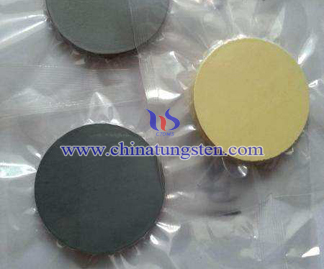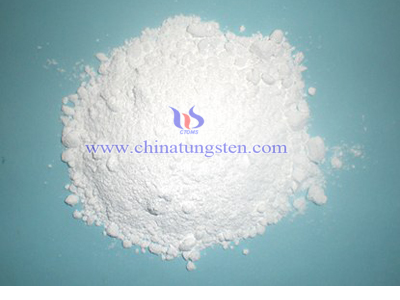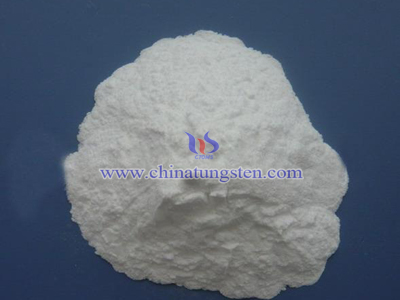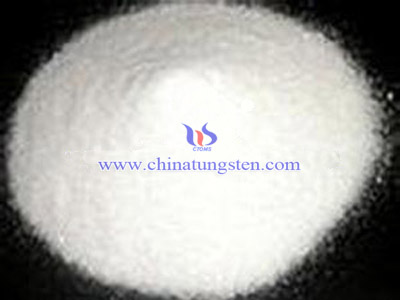Tungsten Oxide Ceramic Preparation
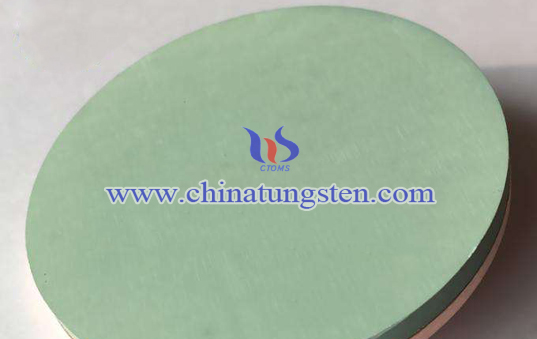
A ball mill, a type of grinder, is a cylindrical device used in grinding (or mixing) materials like ores, chemicals, ceramic raw materials and paints. Ball mills rotate around a horizontal axis, partially filled with the material to be ground plus the grinding medium. Different materials are used as media, including ceramic balls, flint pebbles and stainless steel balls. An internal cascading effect reduces the material to a fine powder. Industrial ball mills can operate continuously, fed at one end and discharged at the other end. Large to medium-sized ball mills are mechanically rotated on their axis, but small ones normally consist of a cylindrical capped container that sits on two drive shafts (pulleys and belts are used to transmit rotary motion). A rock tumbler functions on the same principle. Ball mills are also used in pyrotechnics and the manufacture of black powder, but cannot be used in the preparation of some pyrotechnic mixtures such as flash powder because of their sensitivity to impact. High-quality ball mills are potentially expensive and can grind mixture particles to as small as 5 nm, enormously increasing surface area and reaction rates. The grinding works on the principle of critical speed. The critical speed can be understood as that speed after which the steel balls (which are responsible for the grinding of particles) start rotating along the direction of the cylindrical device; thus causing no further grinding.
The main factors that affect the efficiency of the ball mill are:
(1) ball mill speed. Ball mill speed directly affects the state of motion in the barrel, ball mill attached to the cylinder wall if over-speed, losing crushing effect; if the speed is too slow, that is much lower than the critical speed, ball mill barrel rise a little then came down, crushing effect is little; when the speed is appropriate, ball is close to the tube wall, after some distance, ball falls away from the tube wall to give powder the greatest impact and abrasive action, with the highest crushing efficiency.
(2)ball. The more ball was added during ball milling, the higher crushing efficiency, but too much balls will occupy the available space, resulting in lower overall efficiency.
(3) addition amount of water and electrolytes.
(4) loading.
The WO3 powder directly weighed, adding some deionized water and wet grinding carbide ball in a plastic drum, dried and sieved to obtain a powder-like nano.

